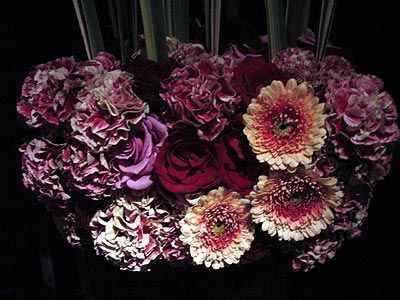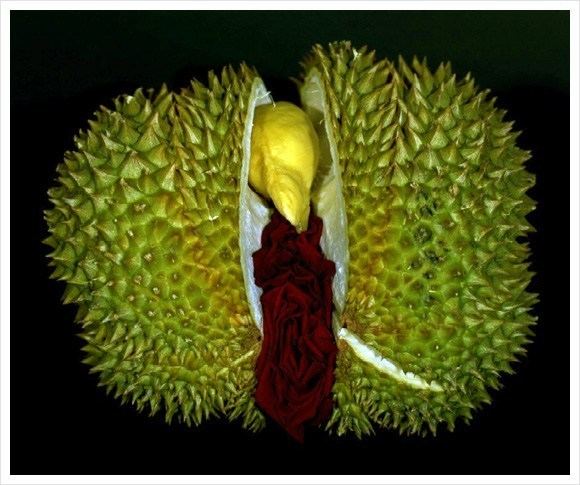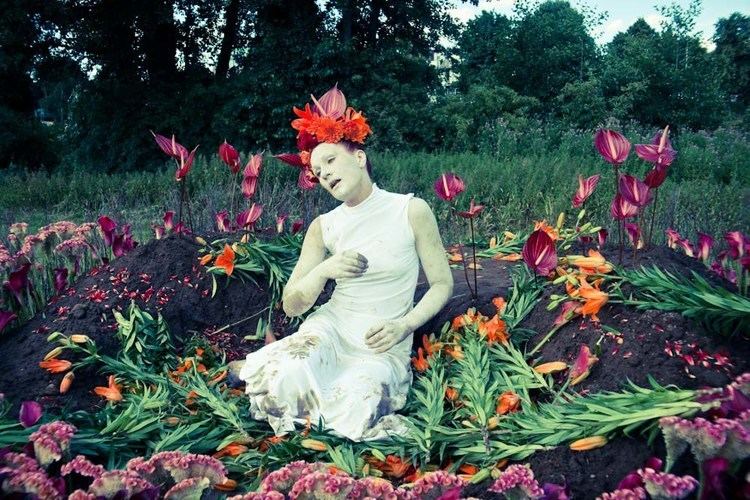Name Junichi Kakizaki Role Artist | ||
 | ||
Junichi Kakizaki (柿崎 順一, Kakizaki Jun'ichi, born January 4, 1971 Nagano) is a Japanese artist, sculptor, floral artist, land and environmental artist. He exhibits regularly both in Japan and internationally. Since 2006, he has mainly worked on scenography. He brought a floral design representation in area of contemporary art.
Contents
- Biography
- Early career
- Floral design for butoh dance performances
- Floral design for reception parties
- Solo exhibitions
- Group exhibitions
- References

Biography

Kakizaki was born in Nagano, Japan and has been a floral designer since 1990. His first solo exhibition was in 2003, the same year he won Television Tokyo Channel 12's national floristry championship in the programme Television Champion.

He learned floral artistry from Muneyoshi Tsuchiya, then moved to Tokyo, where he entered the Yoyogi Seminer Formative Arts School. In 1990, he entered The Botanical College of Technological Horticulture, in the Horticultural sciences department, and took a specialist course in Floral Design. He became a student of Sadao Kasahara and established a Floral design office, "Fleur de Noel". At this time he also worked in floral photography.
Early career
Kakizaki's design career started with a job at Serendipity Design in Tokyo where he worked on films, television programmes, and promotional videos. In 1992 his floral art exhibition "Flower and green for the town" was held at Yagihashi department store. This exhibition was done to commemorate 95 years since the establishment of the store in Kumagaya City, Saitama Prefecture. In 1993 he became an assistant to Interflora World Cup champion Fumihiko Muramatsu in Shizuoka City. In 1995 he took part in the Hase-dera art project in Nagano and then took charge of the stage decorations of a concert of many artists, including Eiichi Arai, Shonosuke Okura, Lee Jeongmi, LEBUN KAMUY, HASBAATOR, UN-RYU, and the members of KODO.
Floral design for butoh dance performances
He designed floral decorations for the butoh performances the "Kazuo Ohno Butoh at Hasedera" by Kazuo Ohno and Yoshito Ohno (1999) and "Kazuo Ohno Butoh at Hasedera 2000" by Kazuo Ohno and conceptual artist Yutaka Matsuzawa (2000). In 2002 he was part of a team responsible for the floral designs for "2 New Dance Pieces" by the Richard Hart's Guren Dance Theater. He founded Floridance with Hart in the same year. Foridance has performed many times, mainly in Nagano. He designed the floral art for the butoh dance production "New Life", commissioned by the city of Uppsala, Sweden and performed at the Swedish Embassy in Roppongi, Tokyo (2007).
Floral design for reception parties
Kakizaki designed the floral arrangements for the opening reception of an exhibition by Rosanjin Kitaoji in 2004.
Solo exhibitions
The first solo exhibition of Kakizaki's work, entitled "Connect", was held at the grand ballroom of The Saihokukan in Nagano City in 2003. In the same year "In the Absence of Sunlight" was exhibited at the Fylkingen gallery in Stockholm and "Japanesque" at the Mizuno Art Museum. His work vestigial wave. cave's mouth and contrast used bamboo and phalaenopsis.
He has also exhibited his work at Hase-dera Temple, Negano (2003, 2004), Uppsala City Library (2005) and Kitano Cultural Center, Kitano Museum of Art, Nagano (2004).
Group exhibitions
In 2004 he participated in Nobuyoshi Araki's "Hana-Jinsei" exhibition in the Kitano cultural center at The Kitano Art Museum, Nagano city.
Kakizaki participated in the floral art project Rebel Installation, which uses flowers to represent the famous buildings and geographical landmarks of the world. Rebel Installation, designed by Donald Bates and Lab Architecture Studio has been shown at the National Gallery of Victoria (2004/5).
